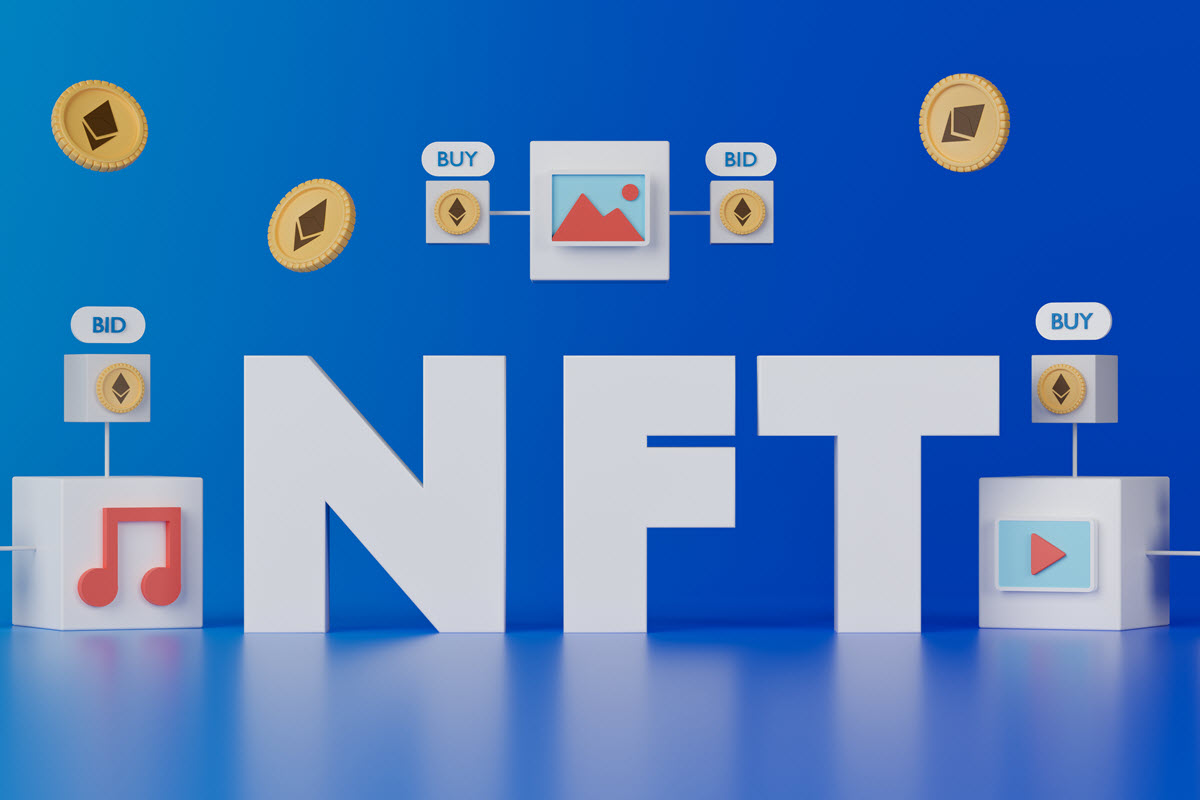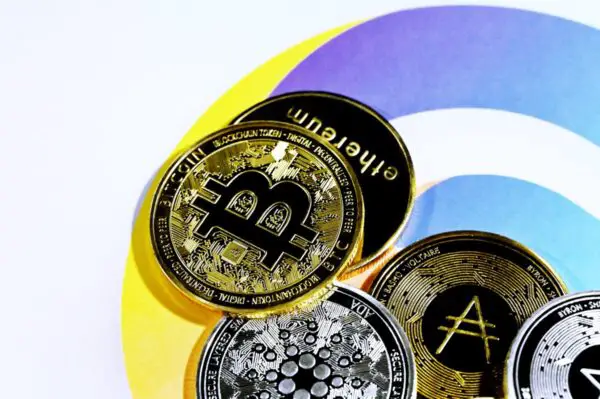5 Pros and Cons of NFTs: Everything You Need to Know

Estimated reading time: 5 minutes
Table of contents
NFTs as a class of digital assets have declined even more sharply over this drawdown cycle than the overall cryptocurrency market since last November’s all-time highs. Still, investors and industry watchers should look out for a scenario in which the non-fungibles market continues to develop and accumulate market value at high rates of growth into the future.
Developers in this industry continue to elaborate and implement a rapid progression of the salient possibilities of smart contracts to support NFTs. Programmable blockchain and non-fungibles tokens will form the underpinnings of all sorts of decentralized apps that will be incredibly disruptive in the value they deliver.
The underlying cryptos that power blockchains to provide these capabilities have appreciated dramatically over recent years. Starting in the run-up to 2021, many NFT exchanges and individual tokens saw incredible market support as well. Headline-grabbing sales figures in the millions drew vast amounts of earned media for the blockchain sector.
Pro: NFTs Offer You The Features and Benefits of Blockchain
One of the greatest values of NFTs that have made so many of them such valued market commodities is that they offer you all the features and benefits of blockchain.
These were first envisioned as the foundation of an open-source, peer-to-peer, decentralized cash reserve and settlement system, Bitcoin.
But NFTs live on blockchains that provide these features and benefits for smart contracts and programmable files instead of money.
The features are: Blockchain is trustless, permissionless, and immutable. The industry is beginning to call blockchain sites and apps that have those features Web 3.0.
The benefits are: no counterparty risk and extremely secure network reliability because it is designed by code to be decentralized and trustless; no censorship, centralized account handling by a private account controller, or institutional roadblocks or barriers to entry because it is designed to be permissionless, and long term security because blockchain is immutable.
SEE ALSO: 5 NFT Games
Con: NFTs Are Not Fungible Tokens
One disadvantage of non-fungible tokens is that they’re not fungible tokens. They don’t have the same methods of market evaluation to price them in the exchange as fungible tokens.
Fungible currencies like Bitcoin (BTC), Ether (ETH), and Dogecoin (DOGE) are all units of the same fungible medium of savings, exchange, and/or utility. Yours is worth the same spot price on a market exchange as anybody else’s fungible currency of the same amount.
But non-fungible tokens are the opposite of that. They are each unique mints of cryptographically secured blockchain assets that are each one of a kind. So they are by definition not fungible media of savings, earnings, or utility.
That does not mean, however, that they have no market value. Many NFTs have retained and grown in market value with exuberant market support over the past two years. Some have even earned creators and NFT traders hundreds of thousands and millions of dollars from one work or trade.
Pro: Many NFTs Have Appreciated In Price on Exchange Markets
Many NFTs have risen in market value on liquid exchanges for non-fungible tokens. They’ve created enormous realized gains for traders who bought them and massive earnings opportunities for creators.
Some of the most popular non-fungible projects have fetched a fortune for creators and investors on NFT exchange markets.
NFTs for Metaverse apps and games are one of only two altcoin segments that aren’t in a bear market year over year at present. (The other segment is exchanged cryptos like BNB.) So the entire segment isn’t in market capitulation.
But the Metaverse NFT altcoins had gained overall as a segment 400% in market value year over year as of June 2022. That’s a remarkable surge with the rest of the market for similar digital assets slowly sliding over the same period.
Stepn’s GMT led gains with 746% ROI year over year, followed up by Metaverse tokens like Axie Infinity’s Axie Infinity Shards (AXS) with 511%, The Sandbox’s SAND with 470% gains, and Decentraland’s MANA with 41%.
SEE ALSO: Blockchain: Why Is the Technology Important?
Con: Many NFTs Have Deflated In Price on Exchange Markets
On the other hand, the price of many NFTs has declined, across the board, by as much as 70% since all-time high prices at the peak of the last cycle in November.
Many have lost savings in non-fungible token purchases when they could only resell them at loss. Others have spent money to mint non-fungible tokens hoping to sell them on exchanges and found they couldn’t sell their NFT.
Just as with why some YouTube or Twitch channels take off and similar ones wither, or some artists go on tour and others record in their basement and email their friends their Bandcamps or Soundclouds, what non-fungible token will command a high exchange or auction price cannot exactly be predicted.
With crypto in a bear market since November, it has been difficult for some token buyers to choose an entry point starting at the November peak or after.
However NFT will most likely find market support again when the crypto market cycle turns over again and Bitcoin, Ether, and coins for programmable blockchains see capital inflows again.
Pro: NFTs Are Your Files Forever, Immutably and Inerasibly Yours
One of the most astounding advantages of NFT is that it is real ownership of scarce digital property. The blockchain stores the files you own immutably forever.
Anytime you want you can call those files while they remain securely stored by a trustless, peer-to-peer network. Because they’re secured by blockchains using state-of-the-art public-key cryptographic security.
So you and only you can access your files from the distributed database, in a call to an automated protocol that only releases this access to the holder of the public-private key pair that constitutes de facto ownership of the digital assets they unlock.
In that way, NFTs are a digital network solution to create an effective bearer instrument of a unique digital commodity.
As long as you have your public-private key pair for your NFT in a secure wallet, your own the files they unlock. They are your files forever, immutably, and erasibly yours. Here’s how to buy NFT.








